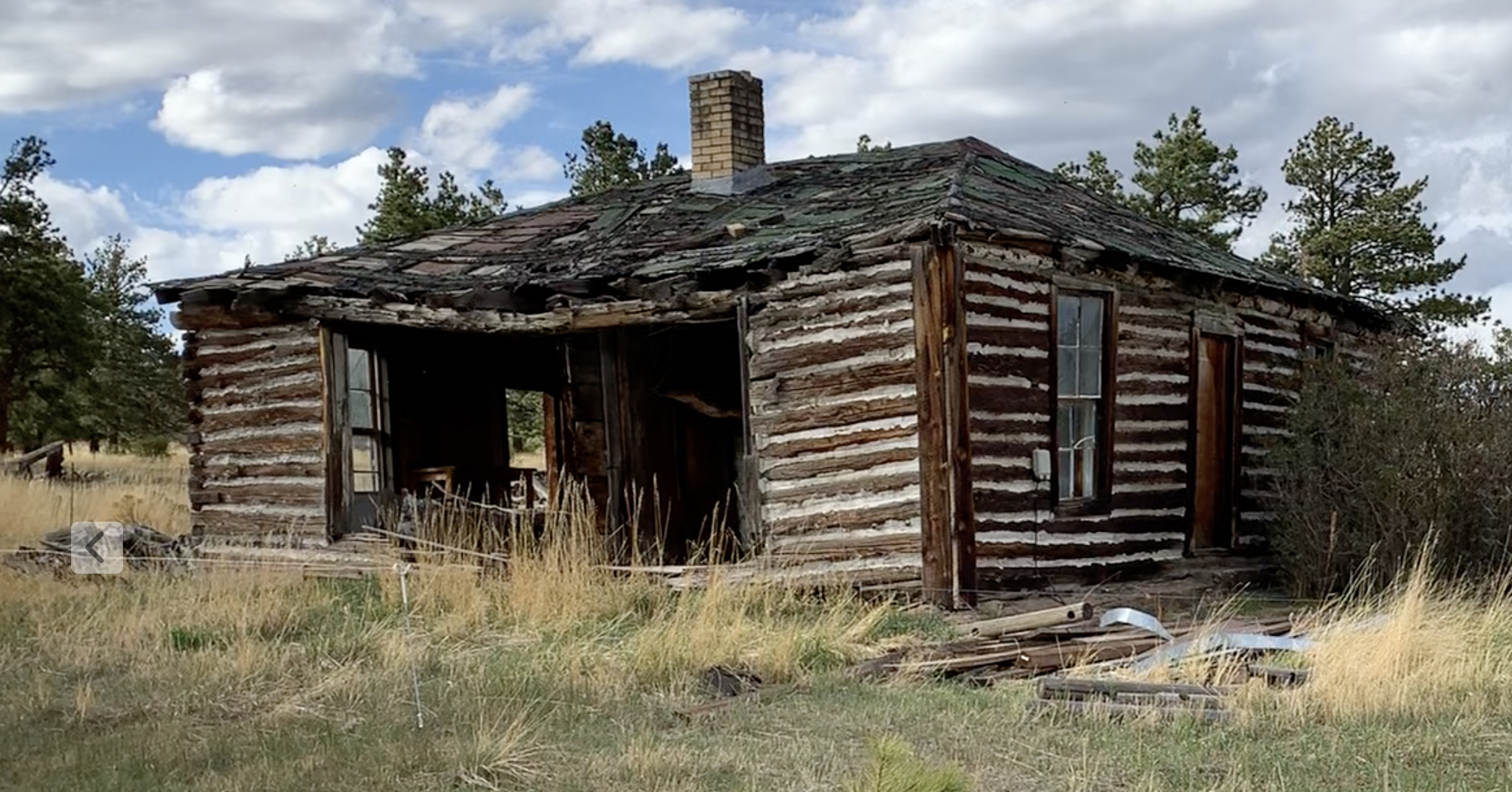What is best for the community versus what is best for nostalgic notions? When it comes to the local Custer County Planning Commission, the latter still prevails despite the overwhelming evidence that local zoning laws are threatening to cause the community in the Valley to go extinct slowly. All of the Planning Commission members are excellent community citizens, but I hope one fact would wake them up; we are now the oldest average-age county in the United States.
At an average age of 61 years old, Custer County might be over a demographic cliff from which we can no longer recover. Because Custer County enacted strict zoning regulations on land use in the 1980s, the Valley attracted wealthy retirees to build quality homes, then sell them five years later to escape the wind, winter or find better health care. As of the most recent census estimate in July 2021, there are 4,310 housing units in Custer County. Yet the estimates are that only 2,124 of those units are year- round households. So only 50% of the homes in Custer County house residents. However, the census data is just an estimate. From the average age figures and looking at the Tribune’s change in subscriptions during the winter, the 50% number is optimistic. In the winter, the population of Custer drops to around 3000 people, meaning that only 1,304 households here are truly year-round residences.

Let that sink in a bit, 4,310 housing units, 1,304-year- round residences. That is, 70% of homes are secondary or nearly secondary. Now pair that with an average age of 61, and it is hard to imagine how the backbone of the Custer County tax base – businesses – will survive on an economy comprised of a dwindling number of seniors.
What is disappointing about the Custer County Planning Commission, covered in this week’s article on page 5, is the members of the commission pretending that they know what they are talking about regarding density or Accessory Dwelling Units (ADUs). What currently ails the community is a lack of density in the towns and a lack of ADUs in the county. And before the well-intentioned but ultimately disastrous zoning laws passed in the 1980s by local ranchers trying to “preserve” the Valley, ADUs, and density increases were a natural part of a healthy community economy.
As I sit here writing these lines, I cannot help but think of all the ranches in the Valley that have multiple-family homes per property built over the last 140 years as the family needs of successful operations expanded. These would now be illegal under Custer County zoning laws, but they all got grandfathered in when the regulations became effective in the 1980s. The hypocrisy is that the Planning Commission members confidently say that “ADUs won’t solve housing problems” are the same commissioners that own ranches with many ADUs that solved their former generational housing needs.

According to the Custer County Assessor’s website, Planning Commissioner Bill Donley’s multigenerational ranch has no less than four separate housing units on the property. Current zoning regulations make this arrangement illegal, but his ranch is grandfathered in.
Planning Commissioner Mike Shields’s San Isabel Ranch, also according to the Custer County Assessors records, has five houses that served many generations of Kettles as the need for more homes expanded. Ironically,
it was the previous owner of the San Isabel Ranch owner, Ben Kettle, that was the main driver that enacted the zoning laws that would have outlawed his five houses if they had not been grandfathered into the zoning laws he helped pass.
Custer County has long been obsessed with “protecting” what the Valley has, which is understandable. But because of the desire to preserve this area in amber and pretend that time does not exist, the Valley is now in a demographic spiral that cannot be reversed without reform to town and county zoning laws.
I am not just picking on the Planning Commission. The two towns of Westcliffe and Silver Cliff are almost exclusively zoned single-family homes. Even though most of the land is vacant, and both town governments cannot survive without state and federal grants, they continue to shun more apartments and dense housing arrangements that would allow their tax-base to become self-sustaining.

The irony of all this discussion is that the unanimous Republican leadership in the county, who all claim to stand against over-government regulation, continue to defend draconian local government zoning laws that are strangling this community into extinction. The solution is to end single-family zoning in the two towns, allow mixed-use business and residential zoning throughout the county, and to allow ADUs within county boundaries.
If this community is going to survive, the leaders that claim to not like over-regulation need to address the over-regulation that has driven the average age of Custer County to the oldest in the entire United States.
– Jordan Hedberg


